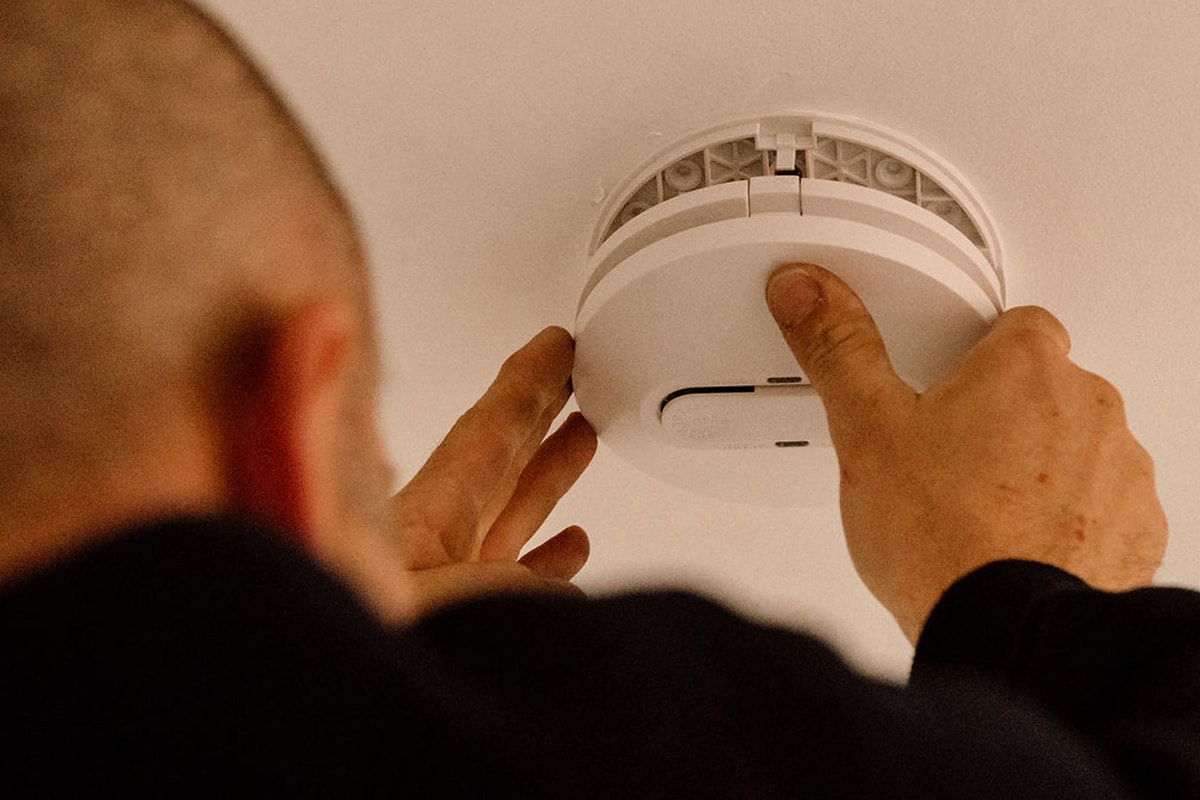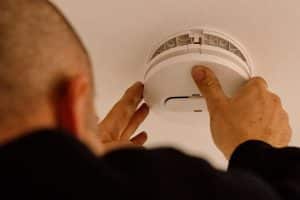In Part 1 of our Q&A on electrical emergencies, we spoke about the warning signs and discussed general safety measures to take.
We also covered the difference between events that require emergency services, and those that aren’t immediately threatening, where you’ll only need to call in an electrical professional.
Now we’ll take look at some of this in more detail, answering questions on what to do in an actual emergency, how to treat mild shocks, and what you can expect from an emergency electrician in Melbourne.
How can I further protect my home from an electrical emergency?
Extra safety switches
By law, your switchboard contains a safety switch. This is designed to shut off the power within milliseconds if your electrical circuit becomes overloaded, or if there’s a power surge.
You can take this protection a step further by installing safety switches at your power points as well. This will protect your appliances. It’s a good idea to use them for plug sockets that carry multi-plug extensions, or if you have a home workshop. You can also get portable safety switches for power tools. Plug your equipment into the switch unit and then plug that in at the wall.
Safety plugs
These either cover your power points, or plug into them, so that children aren’t able stick their fingers into plug sockets and get shocked. They’re cheap and easy to find.
Surge protectors
Power surges can overload your electrical circuit and damage any appliances that are plugged into wall sockets. A surge protector will prevent this.
Smoke alarms
We’d recommend that you instal a smoke alarm, as it’s the best warning system you can get in the event of a fire. The alarm will detect smoke from a smouldering electrical wire, for instance, before a fire actually breaks out. This gives you time to evacuate your house and call for fire rescue services.
Home fire extinguishers
It’s a very good idea to have a couple of fire extinguishers on hand in case of an electrical emergency. You can pick these up at a hardware store. Speak to a shop assistant about the right type of fire extinguishers to get for your home. Electrical fires and those caused by burning oil on your stove are different to wood fires, and require a different type of extinguishing agent.
Fire blankets
You can’t throw water on an electrical or oil fire, so depriving them of oxygen is the best approach. A fire blanket is designed to smother the flames and put out the fire in this way.
How do I deal with an electrical fire?
A fire breaking out is one of the worst case electrical emergencies. If it’s already developed into a serious blaze, call 000 immediately and make sure that everyone gets out of the house.
If it’s still a small localised fire, you can use a C class fire extinguisher, designed to handle electrical fires. Aim it at the source of the fire. You can also use a fire blanket to smother it. Don’t ever use water to try and put out this kind of fire, as it will only make it worse – and you could even be electrocuted.
Once the fire is out, call an emergency electrician to inspect your wiring and replace damaged components.
How can I help someone who has been shocked?
You can quite easily get a mild electrical shock from a faulty plug socket and shake it off, but if someone has been more seriously electrocuted they will need immediate assistance. (Please note that this isn’t meant as medical advice – it’s simply a few steps you can take to help the person before emergency services arrive.)
Let’s take a case of someone being electrocuted by an appliance. First call 000, then be very careful when approaching, as the area could still be dangerous. If you judge that it’s safe to do so, switch off the socket that the appliance is plugged into.
If it’s not safe or you can’t reach the switch, do NOT touch the person directly. An electrical shock causes our muscles to contract, which often prevents the injured person from letting go of whatever caused it. If the current is still live and you touch them, it will flow through you and you’ll also be electrocuted.
Using something made from material that doesn’t conduct electricity, like cardboard, a wooden broom handle or a rubber band, pull the appliance away from the person. Don’t use anything metal.
If they appear to be okay after that, stay with them until medical help arrives. If they’re not breathing and you know how to do CPR, start that as soon as the person is safely away from the source of the shock.
How fast can I get an emergency electrician in Melbourne?
STL Electrical offers 24 hour emergency electricians in Melbourne and surrounding areas. We’ll respond to your call immediately, and get there as soon as we can, depending on the distance and traffic conditions. We’re on call every day of the week, including Sundays.
What type of electrical emergency work does STL Electrical provide?
Our certified electricians are fully qualified to deal with any kind of electrical emergency, ranging from plug point repair to switchboard replacement, safety switch installation, and full house rewiring.
Does STL Electrical service commercial emergencies?
Yes, we have a dedicated commercial division, staffed by electricians who have proven experience dealing with electrical emergencies on commercial properties, factories, constructions sites and the like.
How much does an emergency call-out cost?
We charge a reasonable basic call-out fee, but we can only tell you exactly how much everything will cost once we can assess the extent of the damage. We promise a clear quote that’s easy to understand, without any hidden fees.
Emergency electrical services in Melbourne
No matter what type of emergency electrical work you need, we’re here for you. We’ve served the community for over 25 years, and you can rely on use for fast, professional and trustworthy service.
Just call us on 0398 893 341 at any time, day or night, and we’ll be right there. Or contact us to arrange an electrical inspection, and get peace of mind that there aren’t any hidden dangers lurking in your home.




